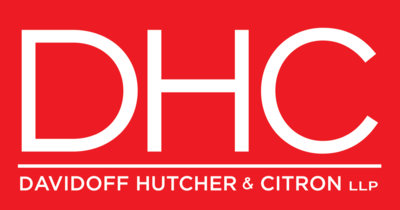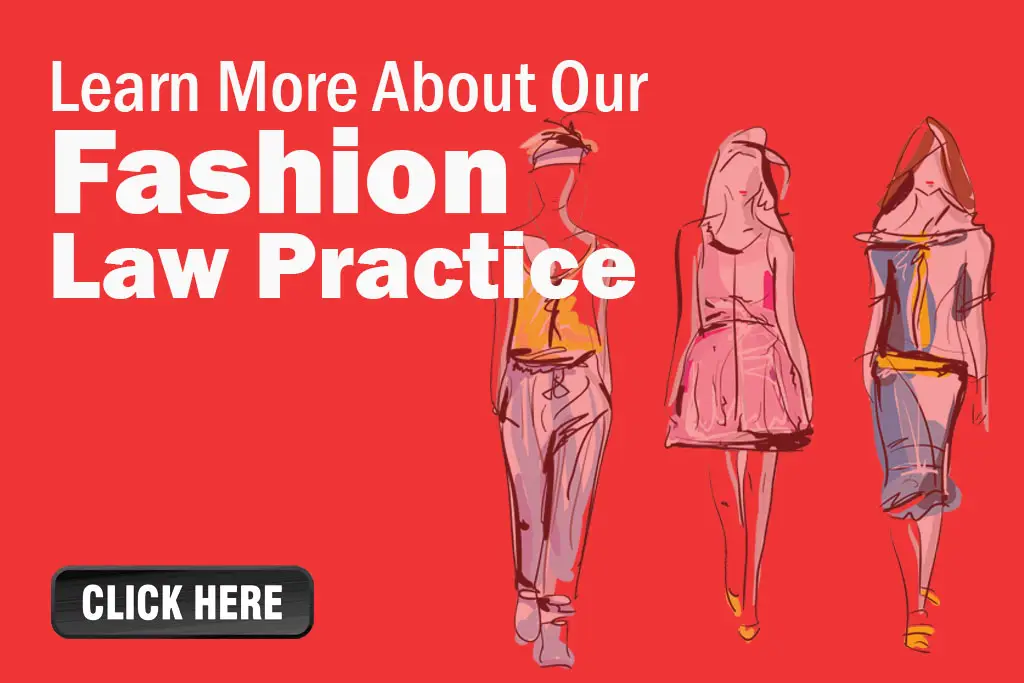My Fashion (Legal) Odyssey: Part 4
Faster Is (or Is Not) Better

The pace of life has clearly accelerated.
You need only walk down a Manhattan street and have a cell phone zombie, phone in hand, bang into you in their rush to nowhere.
The science writer James Gleick wrote a book on this subject: Faster: The Acceleration of Just About Everything.
Of greater interest to me is Be Quick — But Don’t Hurry, a book co-written by the legendary UCLA basketball coach John Wooden and his former student player Andrew Hill. It is a book both about basketball and life lessons.
That title and admonition is one I often give to my clients, especially in an age when speed is too often mistakenly prized above all else.
I am going to tell some stories about very successful transactions where speed, at the end of the day, did or did not play an important role in reaching the desired end.
Most important is doing things the right way. In the fashion world, that principle is often lost due to excessive frugality, impatience, the unwillingness to devote the required time and energy to the matter, an irrational fear of losing the deal, or all of the above.
Each of the transactions I will write about were done the right way but on very different timetables.
Deal #1 – Take The Money and Run
In the early Nineties one of my colleagues was sought out by a group of fashion industry veterans who had entered into a contract with a now long-gone national retailer. Their company was to design and manufacture product for the retailer to be sold under a brand known for both its colorful apparel and controversial ads.
Before our new client had begun its work, the retailer had a change of heart. It wanted to terminate the contract and handle the design and manufacture itself. Our client wanted to be bought out for a healthy seven figure sum. I met with the clients in our office and flew out the next day with the clients to the retailer’s headquarters to meet with its President. At the meeting, the retailer agreed to pay our client the entire sum we sought.
This transaction needed to be concluded asap. I didn’t want the retailer to have a change of heart yet again. The termination documents were done rapidly, and our client received a wire transfer of the buyout sum just two weeks after our settlement meeting.
Sometime after our client happily pocketed the buyout sum, the retailer’s stores were picketed due to an ad the brand owner ran that many found offensive.
Who knows what would have happened to our deal if it were delayed.
Deal #2 -Get Me to MAGIC (Not the Church) On Time.
I represented a stylist in her effort to find an apparel company who wanted her to front a brand. One of the people we met was a very creative but crusty garment center veteran. He was not interested in a deal with the stylist.
But a year or so later he sought me out to help him find a celebrity to front a new women’s line. I remember meeting with my client and Jessica Simpson’s father in a dark room in the Omni Park Central Hotel across from Carnegie Hall.
That meeting went nowhere.
Then one Monday morning my client told me we were going to do a deal with a celebrity who will go nameless. And he then said “you are going to think I am crazy. We need a term sheet signed by tomorrow so her manager in LA will approve our arranging for a booth at the MAGIC show” – it was only a month away.
I was able to get that done because the celebrity was represented by a smart, cooperative music lawyer who knew nothing about fashion or fashion license agreements.
He let me prepare the documents. That was a mistake on his part. The brand owner should always “control” the document. After the term sheet was agreed upon, I rapidly drafted a license agreement that was very favorable to my client. It was signed just seven days after my client’s Monday morning call. And the MAGIC Show booth opened on time.
Deal #3 – My Slowest License Agreement, And One of My Best
Fifteen years ago or so, an accountant referred to me a designer client who needed my help. The designer had sold all his jewelry products from his flailing jewelry business to an old line, family-owned jewelry business based in Rhode Island and went to work for that company as its design director. The company and my client decided to launch a totally new kind of business, a luxury decorative home products business under the name and trademark of my client. My client was given a one third equity interest in a company that would never have any income.
The new business started to really take off. The company woke up to the fact that they never got any legal right in my client’s trademark — he could walk and take this business with him. But he didn’t want to walk. The company had its own factory, made excellent products and knew how to sell them to the leading luxury retailers. I needed to create a structure to give the company the incentive to build the business for many years, but not forever rights, and at the same time compensate my client roughly for what he would have gotten if he really received the financial rewards of a one third equity interest. That is exactly what I did.
But the Company’s owner was a very tough cookie. It took a very, very long time to get the deal done, which included two different negotiating meetings in New Haven, Connecticut, midway between New York and Rhode Island. The deal finally got signed after an 18-month negotiation! My client’s patience was rewarded in spades. As the business grew substantially, his income skyrocketed as a result of the replacement of the worthless equity interest with the lucrative
licensing structure I devised.
And my structure promoted a harmonious relationship between the Company and my client.
My Next Article: Why Fashion Businesses Succeed and Why They Fail
Meet the Author
Charles Klein, Esq. Charles Klein is a partner and chair of the Fashion Law Group of Davidoff Hutcher & Citron LLP, a mid-size, midtown Manhattan law firm. DHC has been helping clients solve challenging problems since 1975.
Although he handles a wide variety of business law matters for clients, Mr. Klein’s practice is particularly focused on the fashion, accessories, and home industries, where he helps his clients build their businesses, obtain protection for their intellectual property, protect their brand assets, and negotiate their license agreements and other contracts.




